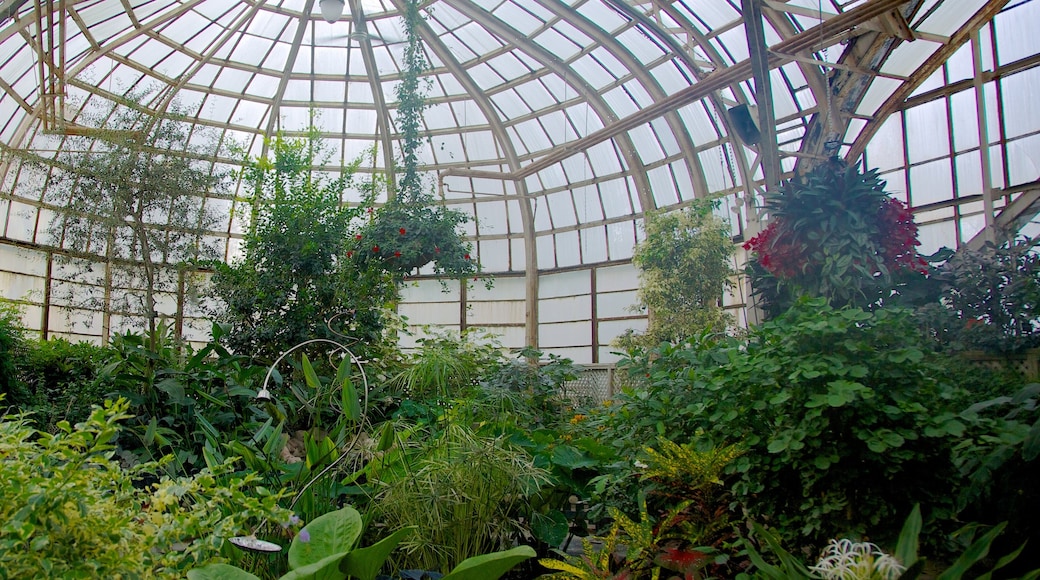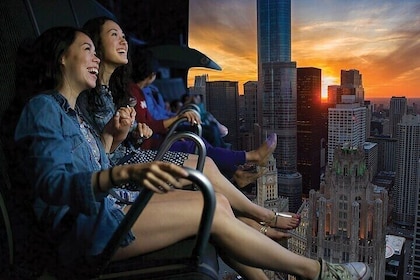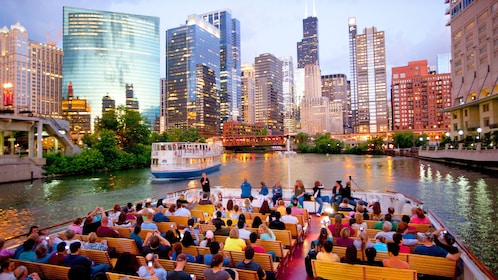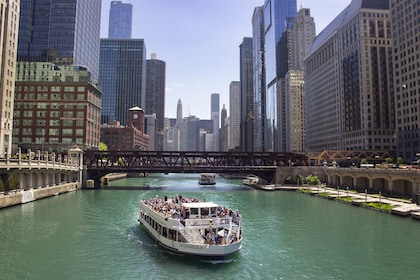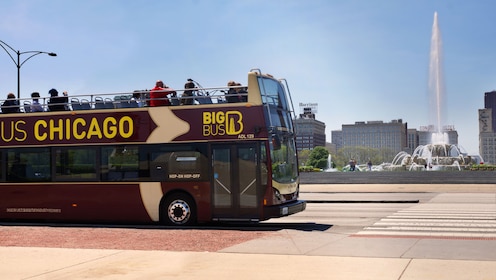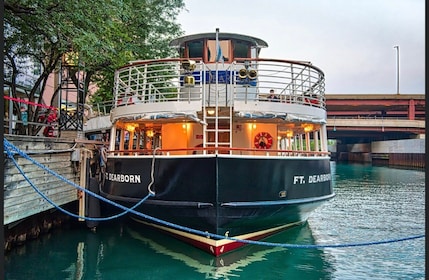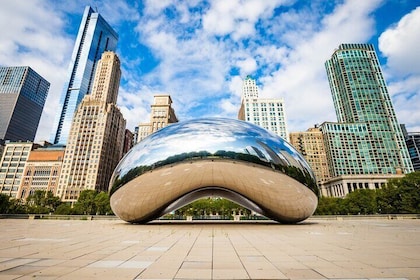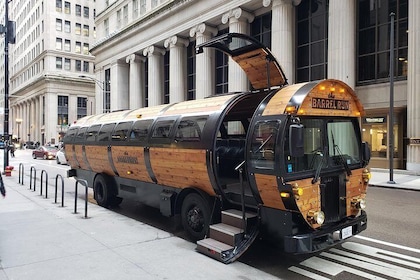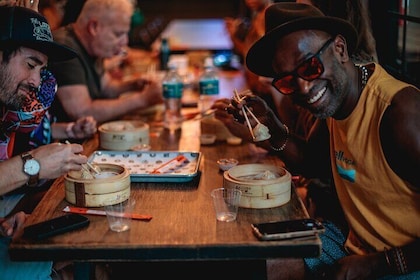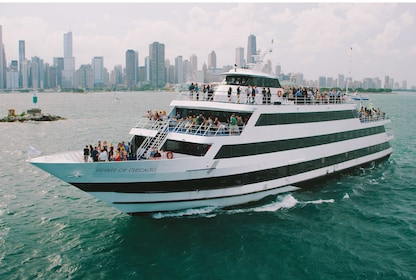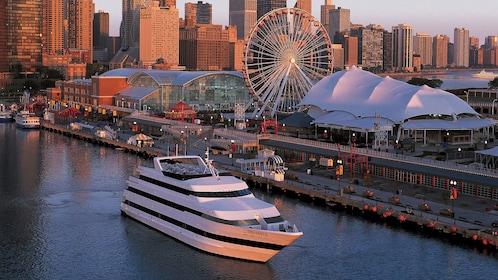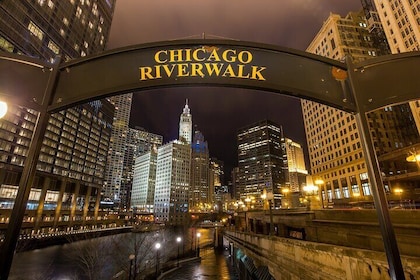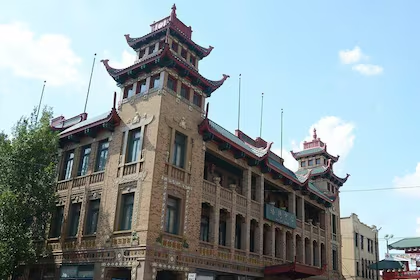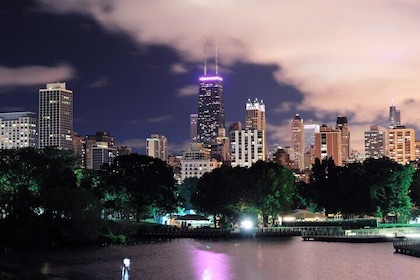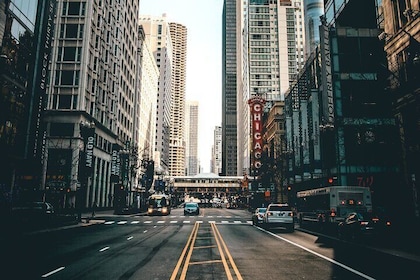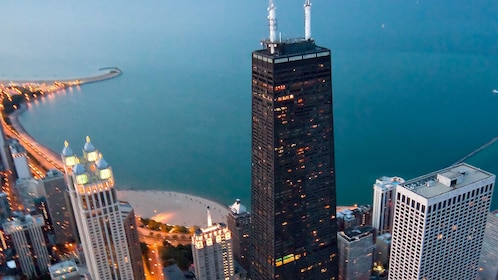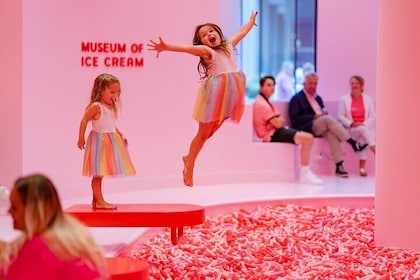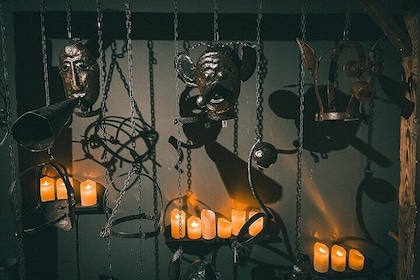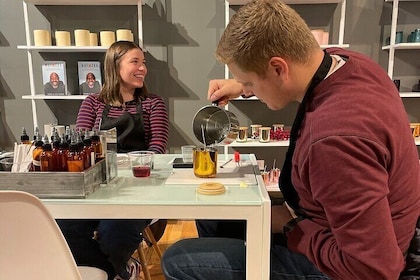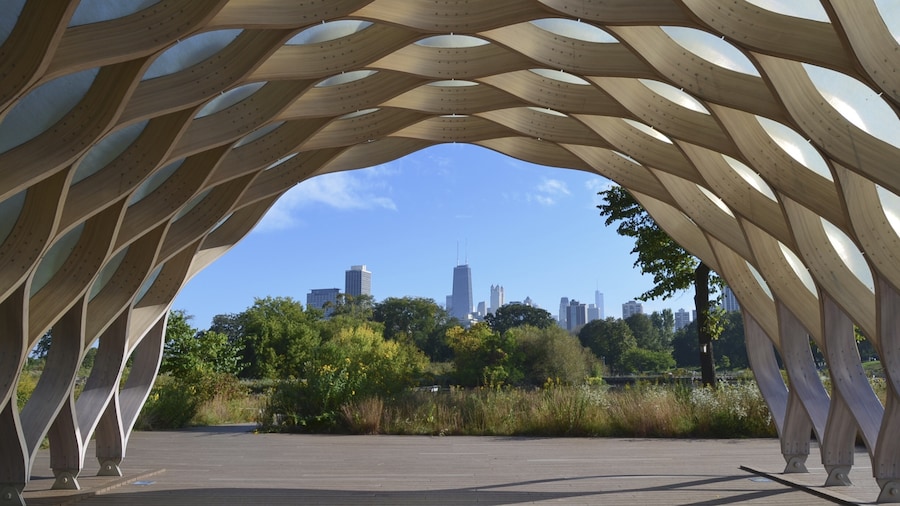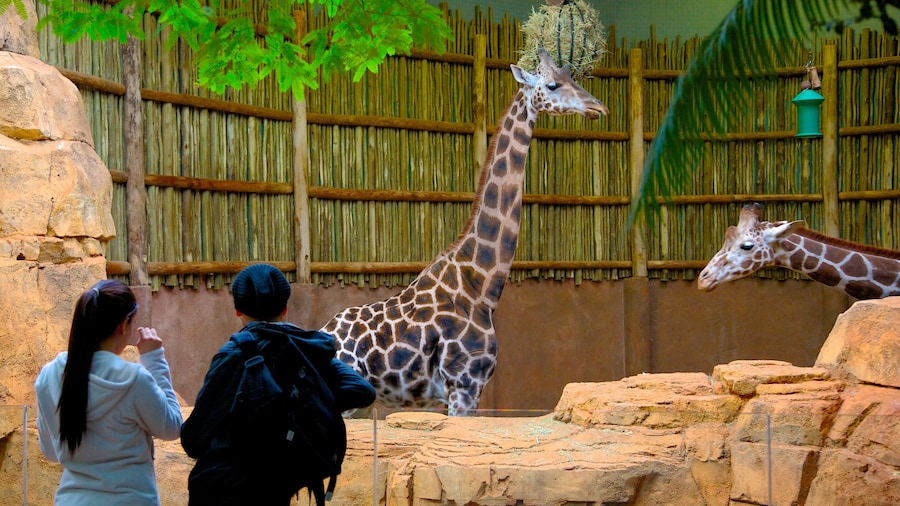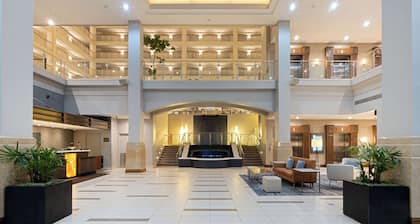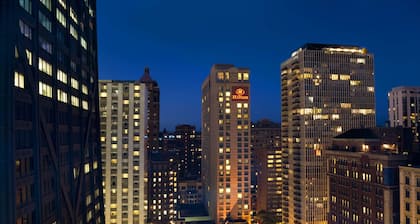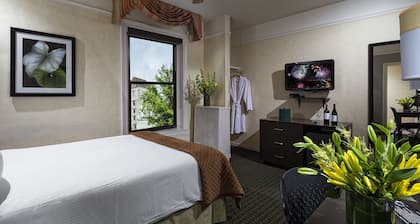Chicago may have decided it was going to be a garden city, after its founding. And Lincoln Park is indeed an impressive city-sized 'lawn', confirming that intent. But where, you may ask, is its 'greenhouse'? Well, there are two conservatory contenders. Garfield Park has one, but Lincoln Park has the oldest, and many would say the prettiest – the Lincoln Park Conservatory, which sits at the heart of this impressive swathe of parkland on the shores of Lake Michigan. A hothouse full of exotic tropical plants, the Conservatory has been a draw for the park-bound visitor, since it was built in 1892.
Then it was seen as a hothouse for holding 'Nature's loveliest forms' now it's also an escape from a busy urban metropolis, a place of quiet green beauty. It rises above the surrounding gardens of Lincoln Park as a glittering curved palace of glass. Inside you will find several vaulted glass-rooms, filled with tropical shrubs, trees and flowers. Perhaps the most dramatic is the Palm House, whose high roofs cover towering rubber trees, and giant palms – including a famous 15-metre high fiddle-leaf rubber tree. This was actually alive before the conservatory was built, over a century ago.
The Tropical room may not be as majestic, but it is still studded with beauty. Its bark-covered walls are festooned with all manner of flowering tropical plants, including many rare orchids. There is also a steamy Fern Room, which recreates a tropical forest floor, right here in Chicago. The Conservatory is surrounded by plants too. The formal Great Garden, which is decked out with amazing plants from around the world, is also strewn with several interesting sculptures and fountains.
There is the Storks at Play sculpture by 'Beaux-Arts' sculptors Frederick MacMonnies and Augustus St. Gaudens there is the William Shakespeare Monument, by William Partridge, lying in an English-style garden. And the Schiller Monument reminds you of Chicago's German heritage. It is a monument to the famous German poet, Schiller, and was made in Germany in 1886 – by Ernst Bildhauer Rau – then bought here by proud German Chicagoans. And who could blame them: what would Chicago's 'lawn' and 'greenhouse' be with a little decorative statuary to complete the scene.
